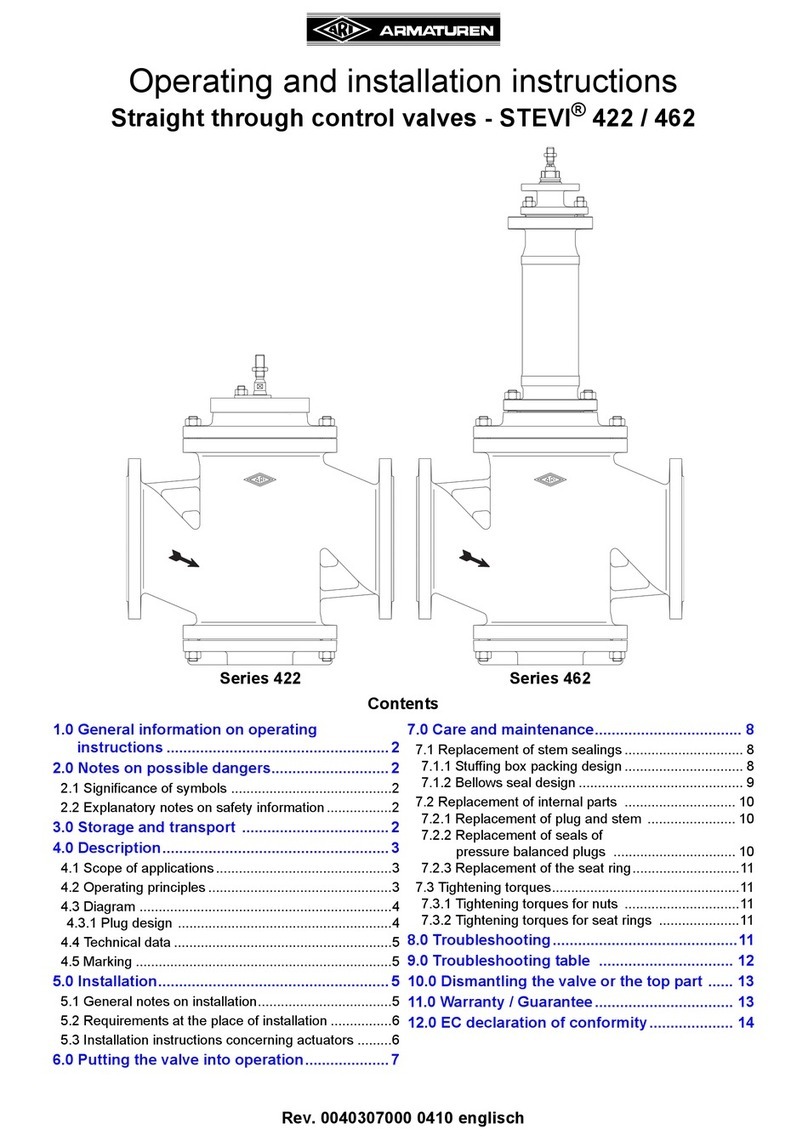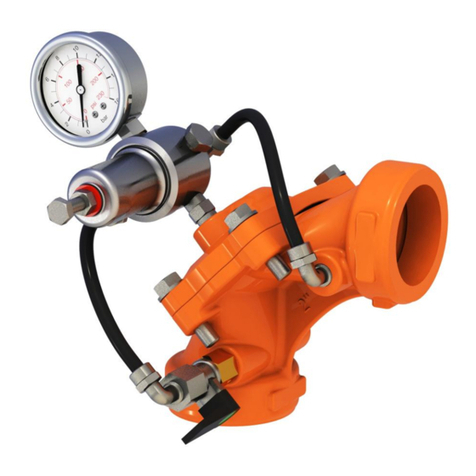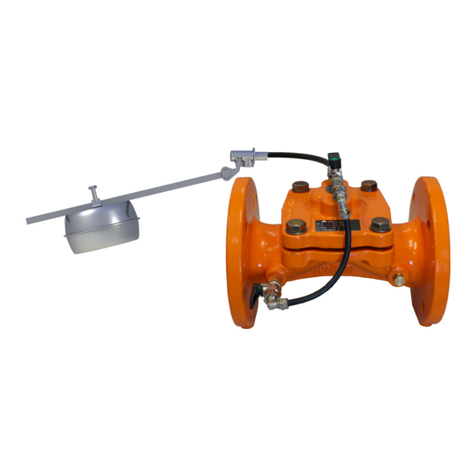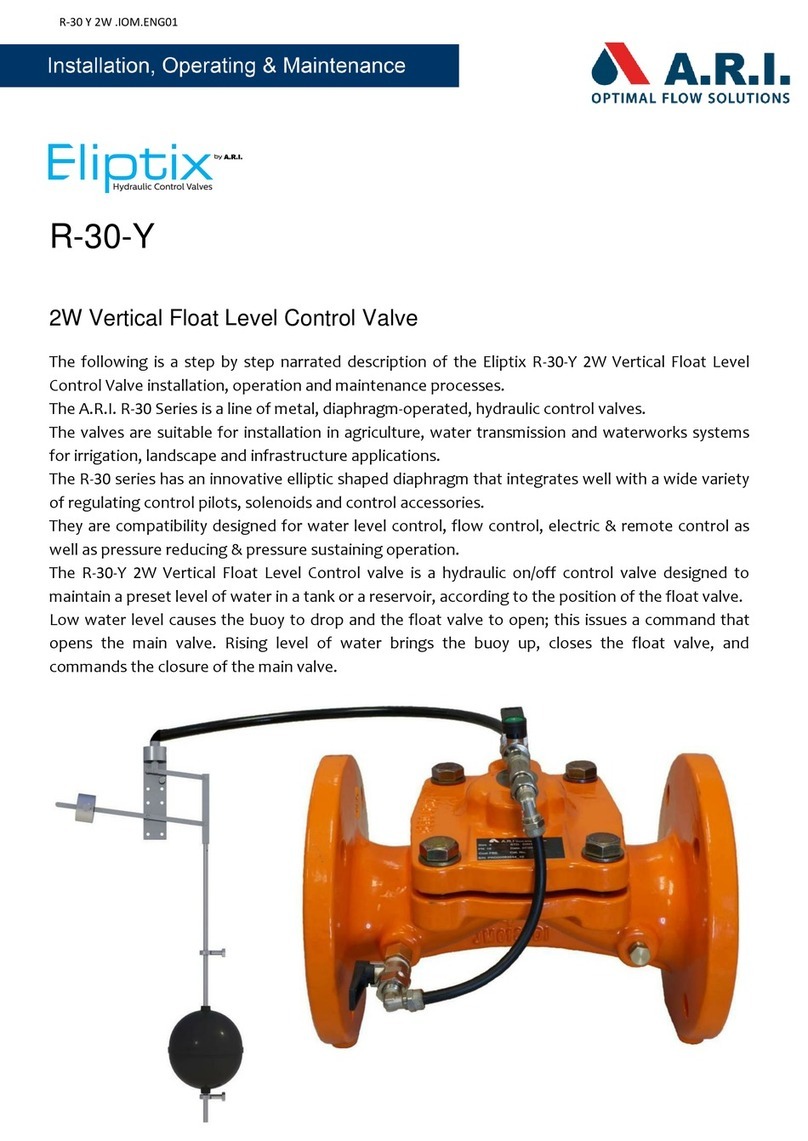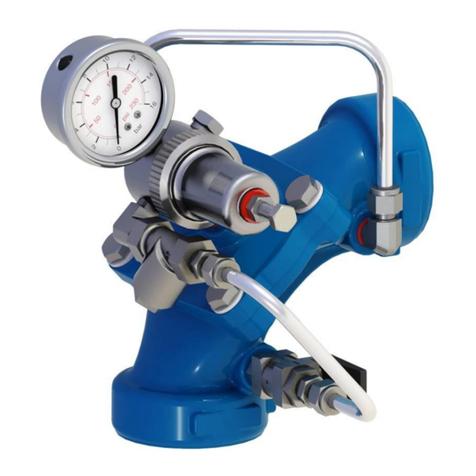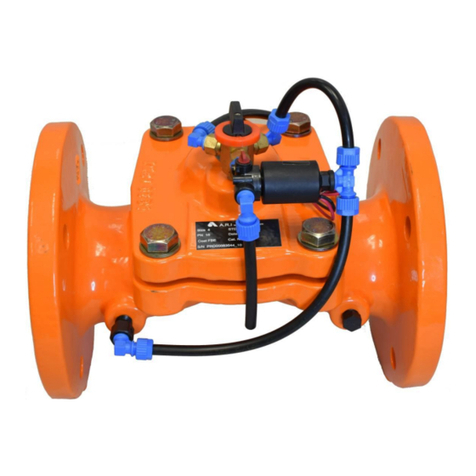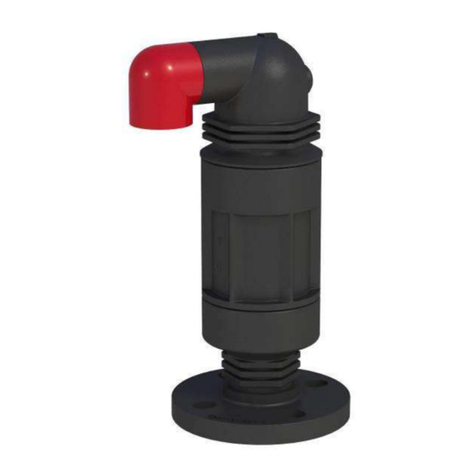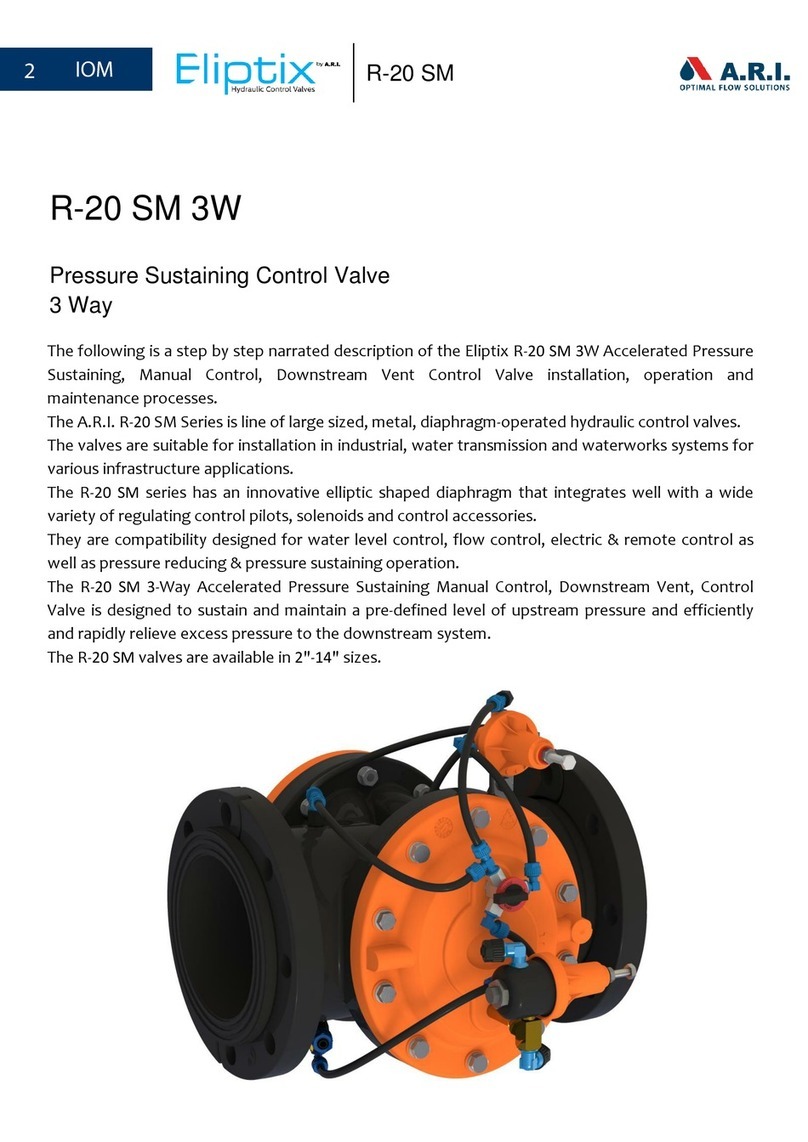
Rev. 0040330000 1423 english (englisch) - Translated original instructions -
1.0 General information on operating instructions 2-2
2.0 Notes on possible dangers ................................ 2-2
2.1 Significance of symbols ............................................. 2-2
2.2 Explanatory notes on safety information .................... 2-2
3.0 Storage and transport ........................................ 2-3
4.0 Description .......................................................... 2-4
4.1 Area of application ...................................................... 2-4
4.2 Operating principles.................................................... 2-4
4.3 Diagram and parts list................................................. 2-5
4.3.1 Wafer type ................................................................ 2-5
4.3.2 Double flanged ......................................................... 2-6
4.3.3 Manual gear.............................................................. 2-6
4.4 Technical data – remarks............................................ 2-6
4.5 Kennzeichnung........................................................... 2-7
5.0 Installation ........................................................... 2-8
5.1 General remarks on installation.................................. 2-8
5.2 Installing wafer type valves (Fig. 501) ........................ 2-9
5.3 Installing flanged valves (Fig. 502)........................... 2-10
5.4 Installing additional modules and piping elements ... 2-10
5.5 Requirements at the place of installation.................. 2-10
5.6 Installation requirements for setting up and
dismantling actuators ................................................ 2-10
6.0 Putting the valve into operation .......................2-11
7.0 Care and maintenance...................................... 2-12
7.1 Manual gear ..............................................................2-13
7.1.1 Removal and installation .........................................2-13
7.2 Electric actuator removal and installation (AUMA SA).. 2-13
7.3 Electric actuator adjustment......................................2-14
7.4 Other actuators..........................................................2-14
7.5 Tightening the stem seal ...........................................2-14
7.6 Replacing the stem seal ............................................2-15
7.7 Replacing the bottom cover gasket ...........................2-16
7.8 Replacing the seat ring..............................................2-16
7.8.1 Wafer type (Fig. 501)...............................................2-16
7.8.2 Double flanged (Fig. 502)........................................2-17
7.9 Tightening torques ....................................................2-18
8.0 Troubleshooting ................................................ 2-18
9.0 Troubleshooting table ...................................... 2-19
10.0 Dismantling the valve and the actuation
arrangement .................................................... 2-20
11.0 Warranty / Guarantee ...................................... 2-20
Operating and installation instructions
In accordance with EC Directive 2014/68/EU on Pressure Equipment
In accordance with EC Directive 2006/42/EC on Machinery
Segmented ball valve PALTRA®-V
Contents
BR 501 - PALTRA®-V BR 502 - PALTRA®-V
